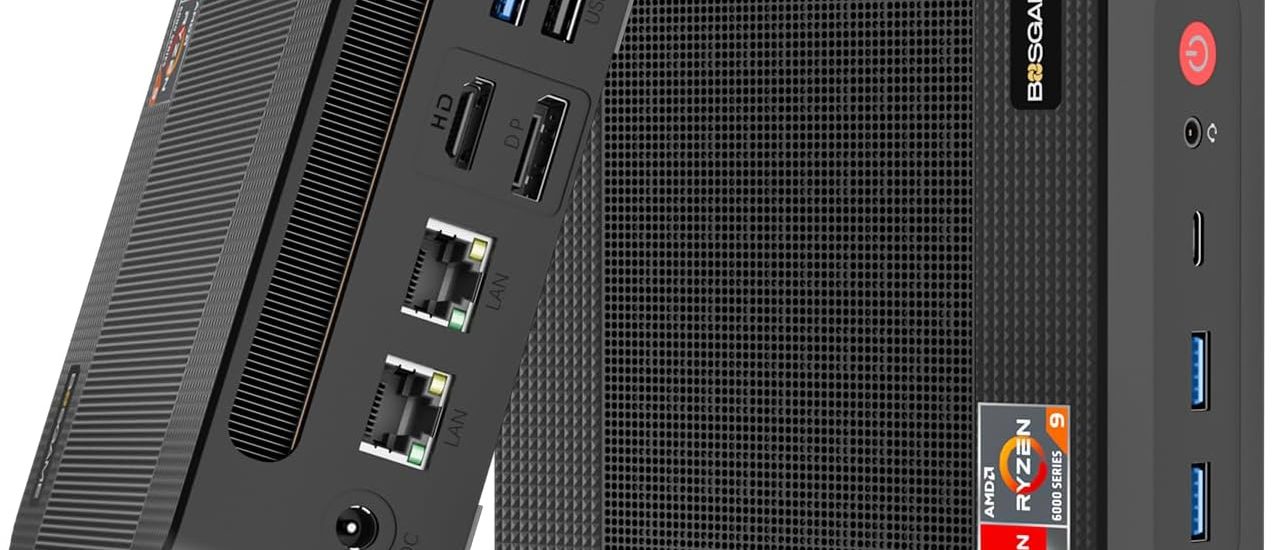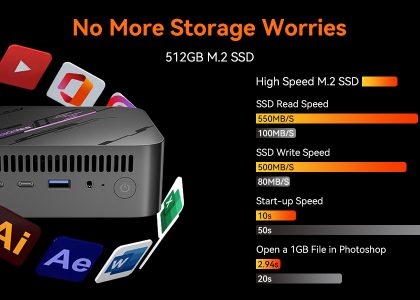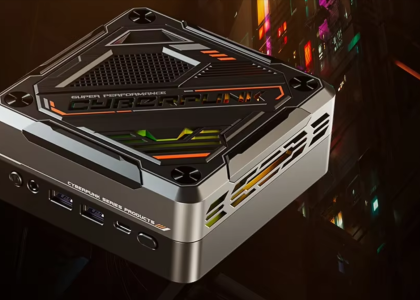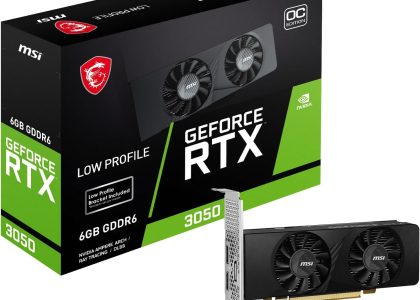If you’re in the market for a compact, powerful mini PC that can handle gaming without breaking the bank, the Ryzen 9 6900HX with its Radeon 680M iGPU might have caught your attention. Released in 2022, this chip was a game-changer for integrated graphics, offering performance that rivaled some dedicated GPUs. But as we move further into 2025, is the 6900HX still a viable option for gamers? Let’s take a closer look at its performance, strengths, and weaknesses to help you decide if it’s worth your money.

What Makes the Ryzen 9 6900HX Special?
The Ryzen 9 6900HX is part of AMD’s Zen 3+ architecture, featuring 8 cores and 16 threads, making it a powerhouse for both productivity and gaming. But what truly sets it apart is its integrated GPU, the Radeon 680M, based on AMD’s RDNA 2 architecture. This iGPU comes with 12 compute units and can clock up to 2400 MHz, depending on thermal and power constraints.
Compared to older Vega-based iGPUs, the 680M is a significant leap forward. It supports modern gaming technologies like FSR (FidelityFX Super Resolution) and ray tracing, making it a compelling option for budget-conscious gamers who want to play modern titles without investing in a dedicated GPU.

Key Features of the Ryzen 9 6900HX and 680M iGPU
- RDNA 2 Architecture:
The 680M iGPU is based on AMD’s RDNA 2 architecture, which is the same architecture used in the RX 6000 series of dedicated GPUs. This means you’re getting modern features like ray tracing and FSR, which can significantly boost performance in supported games. - DDR5 Memory Support:
The 6900HX supports DDR5 memory, which is crucial for iGPU performance. The 680M relies on system memory, so faster RAM can lead to better gaming performance. In this case, the system we tested had 32GB of DDR5-4800, which is more than enough for most gaming scenarios. - Power Efficiency:
With a 45W TDP, the 6900HX is designed for compact systems like mini PCs. While it can be pushed to 55W for better performance, it remains relatively power-efficient, making it a great choice for small form factor builds. - Driver Support:
Unlike older Vega-based iGPUs, the 680M is still receiving regular driver updates from AMD. This means better optimization for newer games and improved performance over time.

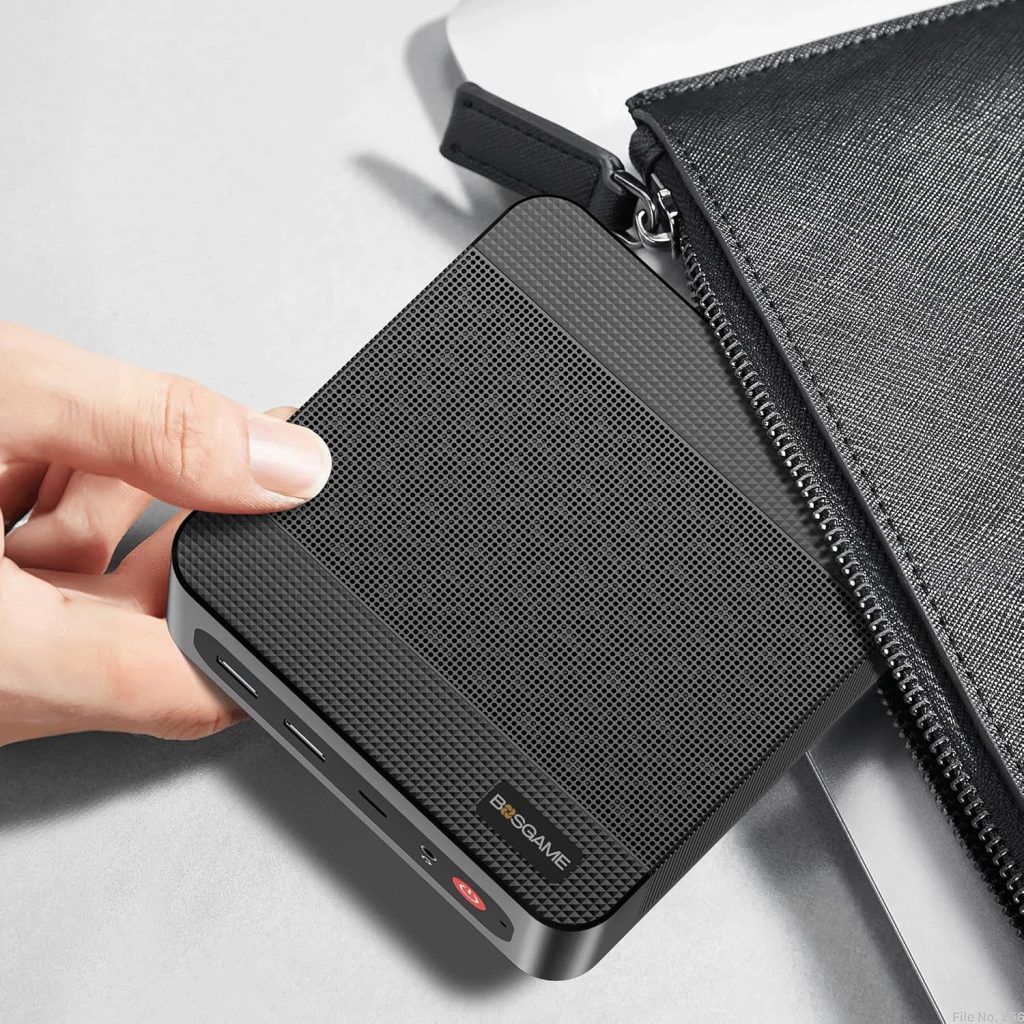
Gaming Performance: How Does the 680M Hold Up in 2025?
To test the 680M’s capabilities, we ran it through a variety of modern and older games. Here’s how it performed:
- Helldivers 2:
At 1080p Low settings with FSR Balanced, the 680M struggled to maintain consistent frame rates, with 1% lows dipping into uncomfortable territory. Even at 55W TDP, the performance didn’t improve significantly, suggesting that this game is simply too demanding for the 680M without further reducing settings. - Dying Light 2:
With FSR Performance enabled, the 680M managed playable frame rates, but the 1% lows were still a concern. In less demanding areas, the game ran smoothly, but densely populated zones caused noticeable stuttering. - Ghost of Tsushima:
This game ran surprisingly well on the 680M, with performance nearly matching the more powerful 780M iGPU found in newer Ryzen chips. Enabling FSR Frame Generation provided a significant boost, making the experience even smoother. - Spider-Man: Miles Morales:
At Medium settings with FSR Quality, the 680M struggled with 1% lows, leading to a stuttery experience. Dropping to Low settings or using a more aggressive FSR preset improved performance, but the game still felt less smooth compared to the 780M. - Counter-Strike 2:
The 680M handled this game with ease, even at High settings. This is a stark contrast to older Vega-based iGPUs, which struggle to run the game at all. The 680M’s modern architecture and driver support make it a great choice for competitive titles like CS2. - Guardians of the Galaxy:
At Low settings with FSR Ultra Quality, the 680M averaged around 45 FPS, which is playable but not ideal. The 780M managed 60 FPS in the same scenario, highlighting the performance gap between the two iGPUs. - Mount & Blade II: Bannerlord:
At Medium settings, the 680M delivered a playable experience, with frame rates hovering around 40-50 FPS. While not as smooth as the 780M, it’s still a solid option for less demanding titles.
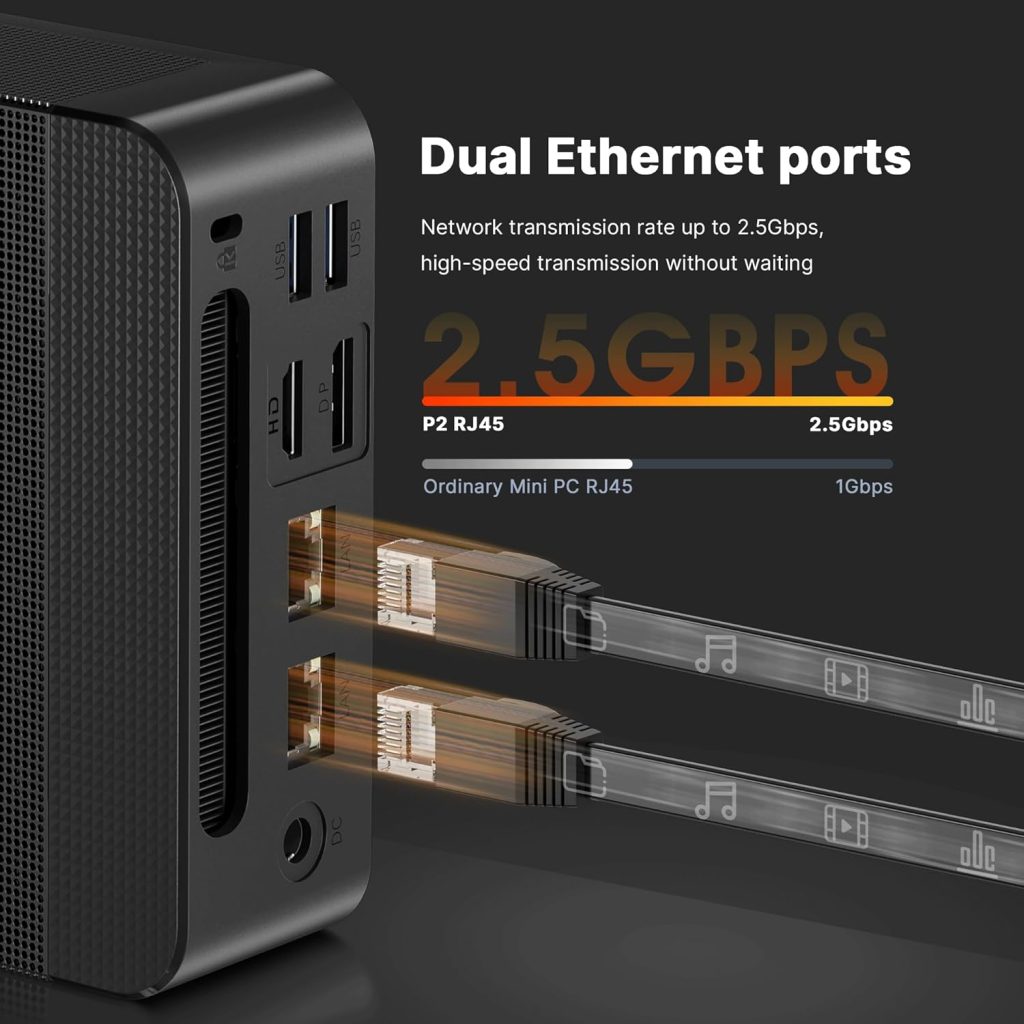
FSR and Frame Generation: A Game-Changer for iGPUs
One of the biggest advantages of the 680M is its support for FSR and Frame Generation. In games like Ghost of Tsushima and Spider-Man: Miles Morales, enabling these features provided a significant performance boost, making otherwise unplayable games smooth and enjoyable.
However, it’s worth noting that FSR can introduce some visual artifacts, especially at lower resolutions like 1080p. While it’s a great tool for boosting performance, it’s not a perfect solution, and you may need to tweak settings to find the right balance between performance and visual quality.
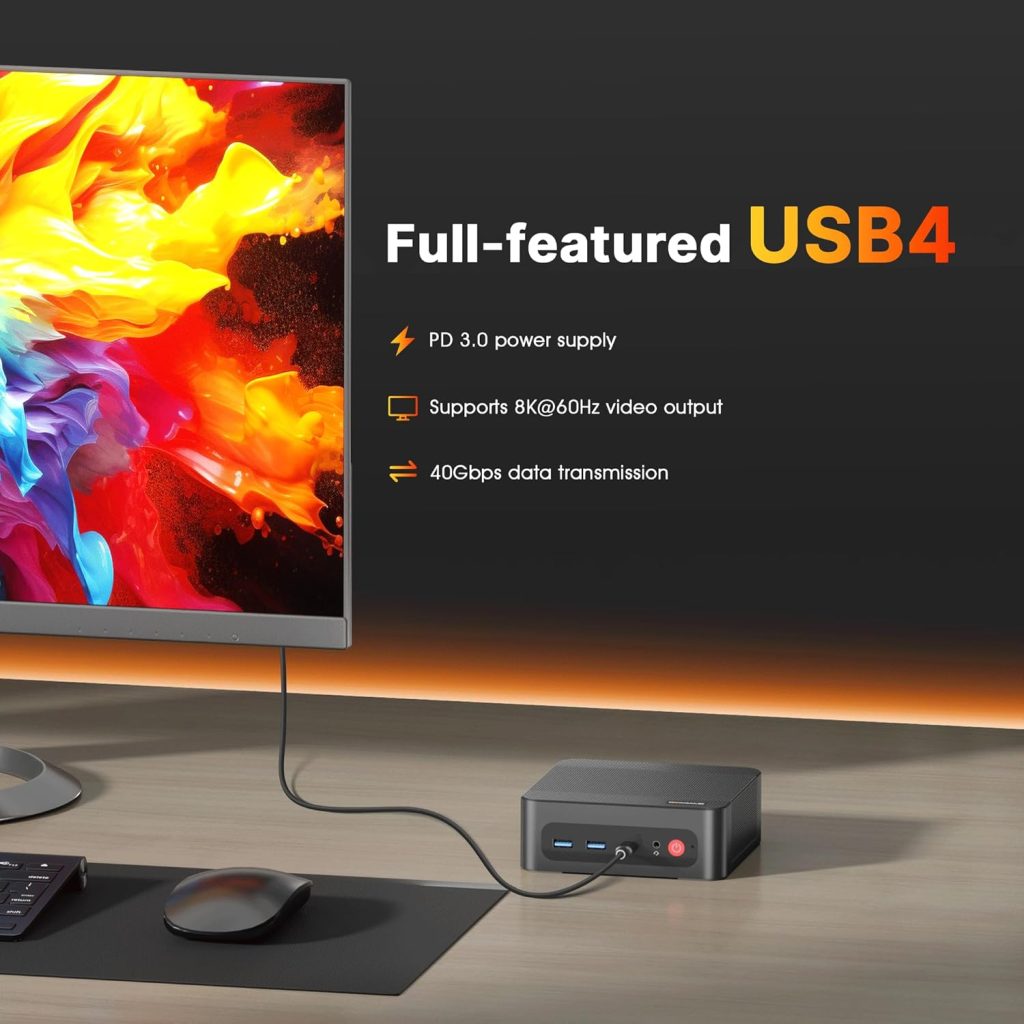
Should You Buy a Ryzen 9 6900HX Mini PC in 2025?
The Ryzen 9 6900HX and its 680M iGPU are still viable options in 2025, especially if you’re looking for a compact, power-efficient system that can handle light gaming and productivity tasks. However, there are a few things to consider before pulling the trigger:
- Performance vs. Price:
While the 6900HX is still a capable chip, newer options like the Ryzen 7 7840HS with the 780M iGPU offer better performance for a similar price. If you can stretch your budget, the 7840HS is a more future-proof choice. - Memory Considerations:
The 680M relies on system memory, so having 32GB of DDR5 is highly recommended. Many mini PCs come with 16GB of RAM, which can lead to performance bottlenecks in memory-intensive games. - Thermal Constraints:
Mini PCs often struggle with cooling, especially under heavy loads. The 6900HX can get quite hot, which may lead to thermal throttling and reduced performance. Make sure your mini PC has adequate cooling if you plan to push the chip to its limits.

Final Verdict: Who Is This Chip For?
The Ryzen 9 6900HX is best suited for:
- Budget Gamers: If you’re looking for a compact system that can handle light gaming and modern titles with the help of FSR, the 6900HX is a solid choice.
- Small Form Factor Enthusiasts: Its power efficiency and compact design make it ideal for mini PCs and home theater setups.
- Productivity Users: With 8 cores and 16 threads, the 6900HX is more than capable of handling demanding productivity tasks like video editing and 3D rendering.
However, if you’re a serious gamer or plan to play the latest AAA titles at higher settings, you might want to consider a system with a dedicated GPU or a newer Ryzen chip like the 7840HS.
Conclusion
The Ryzen 9 6900HX and its 680M iGPU have held up surprisingly well in 2025, especially for budget-conscious gamers and those looking for a compact, power-efficient system. While it may struggle with the most demanding modern titles, it’s still a great option for light gaming and productivity tasks.
If you’re on a tight budget and don’t mind tweaking settings to get the best performance, the 6900HX is worth considering. However, if you can afford to spend a bit more, newer options like the Ryzen 7 7840HS offer better performance and future-proofing.
What do you think? Is the Ryzen 9 6900HX still a good choice in 2025, or would you rather invest in a newer chip? Let us know in the comments below!


